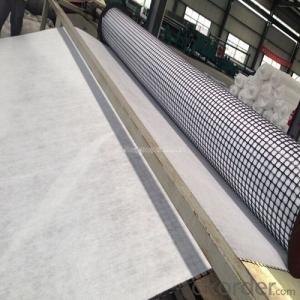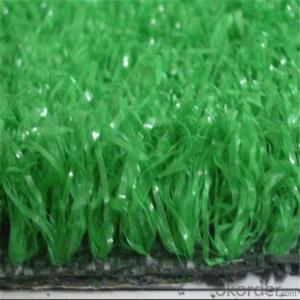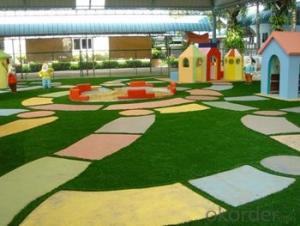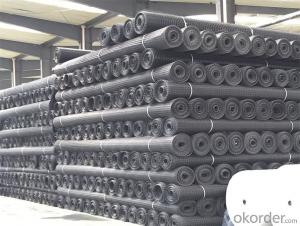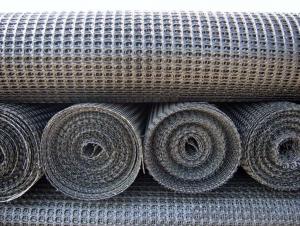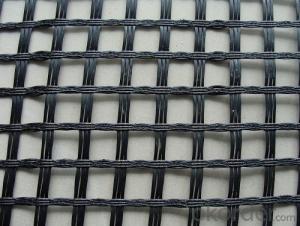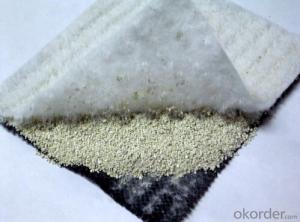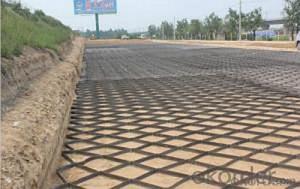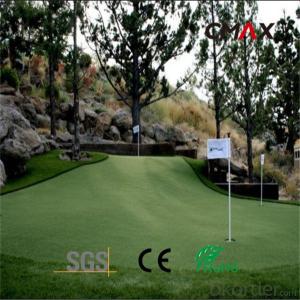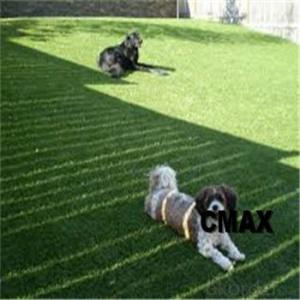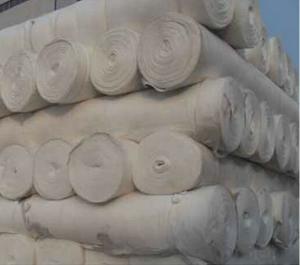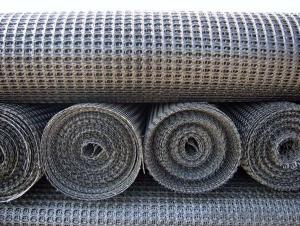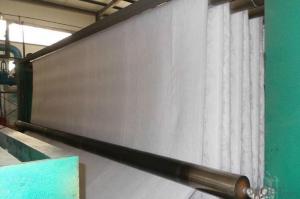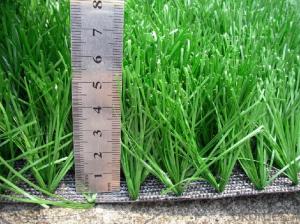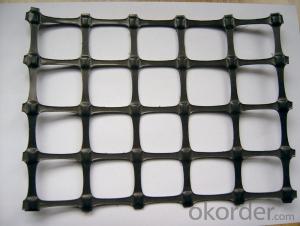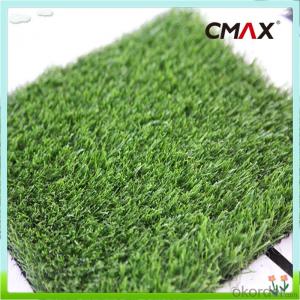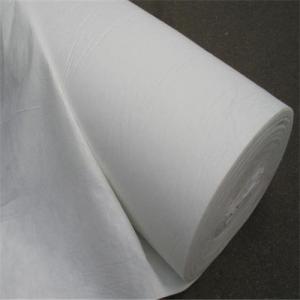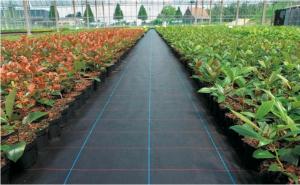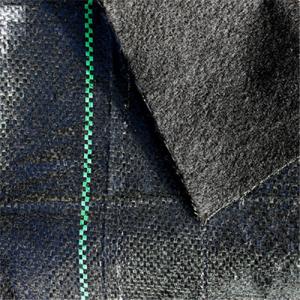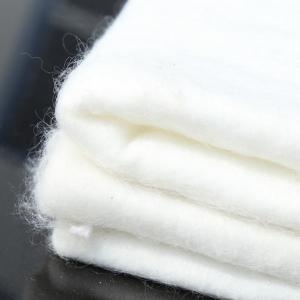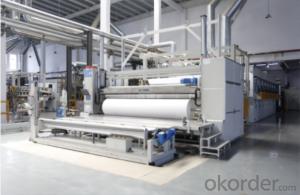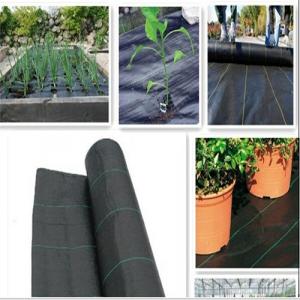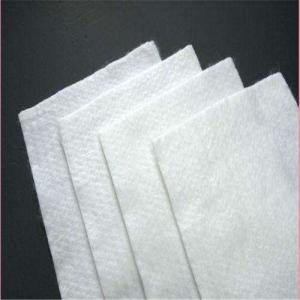Geogrid Grass
Geogrid Grass Related Searches
Grass Geogrid Geogrid Grass Driveway Geogrid Grass Pavers Gravel Geogrid Geogrid Gravel Geogrid Machine Geogrid Maps Geogrid Layer Vegetated Geogrid Geogrid Fence Geogrid Walls Geogrid Energy Geogrid Patio Terragrid Geogrid Geogrid Parking Landscaping Geogrid Geogrid For Gravel Plastic Geogrid Geogrid Textile Alliance Geogrid Geogrid Road Asphalt Geogrid Geogrid Tbl Geogrid Blocks Gmb Geogrid Geogrid Australia Extruded Geogrid Geogrid Slope Geogrid Ground Grid Geogrid ComGeogrid Grass Supplier & Manufacturer from China
Geogrid Grass is a unique and innovative product that combines the benefits of geogrids and grass reinforcement to create a strong, durable, and eco-friendly solution for various civil engineering and landscaping projects. This product effectively enhances soil stability, erosion control, and ground reinforcement while also promoting a lush, green appearance, making it an ideal choice for a wide range of applications.The Geogrid Grass product is widely used in various scenarios, including slope protection, road construction, and landscaping. Its ability to reinforce soil and vegetation makes it a popular choice for projects that require both structural integrity and aesthetic appeal. By integrating geogrid technology with grass, this product offers a sustainable solution that can withstand the test of time while also providing a natural, green environment.
Okorder.com is a leading wholesale supplier of Geogrid Grass, boasting a large inventory of this high-quality product. As a reliable source for Geogrid Grass, Okorder.com ensures that customers have access to a diverse range of options to suit their specific project needs. With a commitment to quality and customer satisfaction, Okorder.com stands out as a trusted provider of Geogrid Grass, catering to both small and large-scale projects alike.
Hot Products
